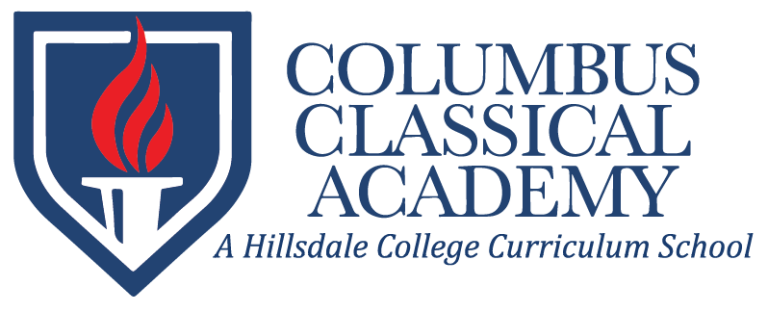We eat lunch in Great Hall, the largest gathering place in the building. Upper School scholars filter in joined by Lower School scholars after recess on most days, but on Fridays we have lunch all together – faculty and scholars. We talk and eat and visit and munch. The sea of lunches and humanity is noisy, but calm. We practice quiet conversations and remember to eat more than we talk. Recently, while monitoring lunch, I had the occasion to step back and take it all in. These souls all dining together have a purpose and a place in this world – they are entrusted to us by parents who want something for them – something that can be hard to articulate, but generally summed up in the phrase, ‘a good education.’
More than technology, they want books, pencils, and manuscripts – real, live teachers who are themselves avid readers and learners. They want order and joy, recess, and study. And yet all those things are in the present.
David Hicks, in his book Norms and Nobility, asserts that the end of “classical education is the forming of the conscience through the study of myth and of style through refinement of rhetoric while placing particular emphasis on virtue and the formation of character (viii).” That is, what kind of people our scholars become is the crux of the classical model. The forming of the conscience takes modeling, consistency, and the recognition that truth is what is real, unchangeable, and it points to God.
What these young humans become is secondary; this is where the ends can get a bit confusing. To many the end of education is a job – utility – taking job surveys and letting an algorithm help young people decide what they become. I am not a romantic, I know what it takes to earn a living, to raise a family, to put the work in, to have little and to have much, but even in this, who I am is more important than what I am because who I am informs all my choices about the what. It is the same with our young people. And content is important, the Hillsdale K-12 office has painstakingly put together a thoughtful, sequential, robust guide for schools like ours to follow. In short, what we study will aid in forming the kind of people who refuse to be victims, who know the good from the bad, and the good from the best. It is a complete American Classical Education that when implemented well and by virtuous teachers, the ends will be exactly what we hope for – virtuous scholars who set off on a calling particular to them – there is no job survey that can give that to a person – a computer cannot humanize a human.
Back to the Great Hall and all the scholars partaking in lunch. After handing out first grade’s water bottles, helping open a couple thermoses, and chatting with third graders who love to ask me, “guess what”, to which I always make an absurd guess and then they tell me the thing they really want to say, it hit me again what a humane job I have – that Columbus Classical Academy can pour into these young people Goodness, Truth, and Beauty derived from excellent, robust content and hold them accountable to high standards of conduct and effort. When I see them, I do not see doctors, lawyers, hairdressers, or plumbers. I see people who have gifts and talents uniquely endowed by the Creator, who when they graduate from CCA, will go on to do that which they were created, not what they are tested into – that is the classical difference – we aren’t forming humans for domains, we cultivate their inherent humanness to recognize their Creator and to live in a way that emulates Him.


